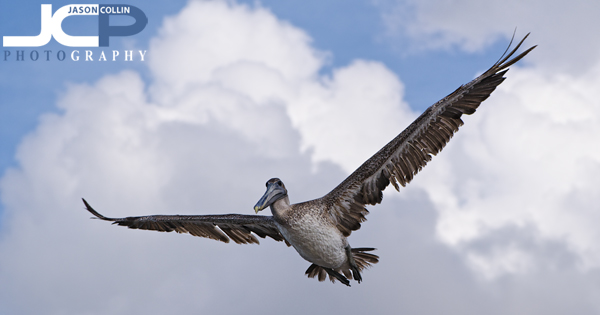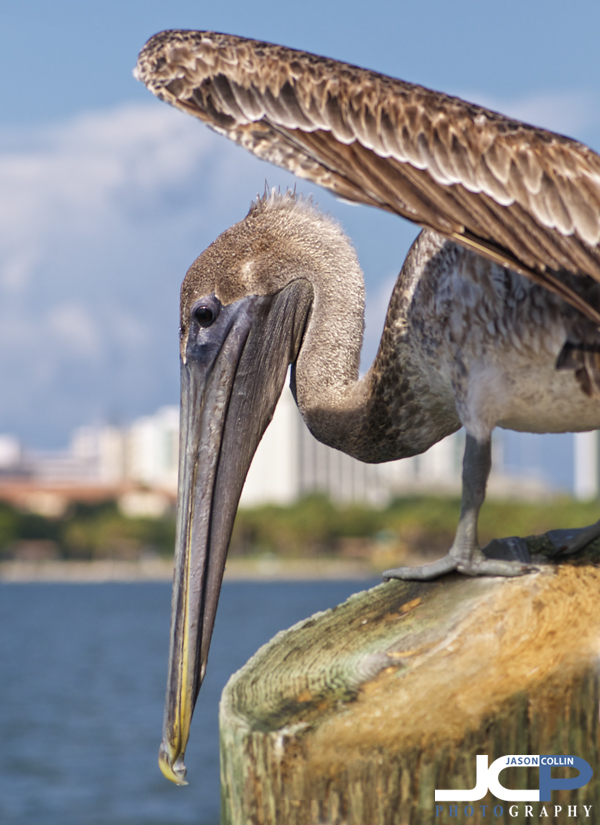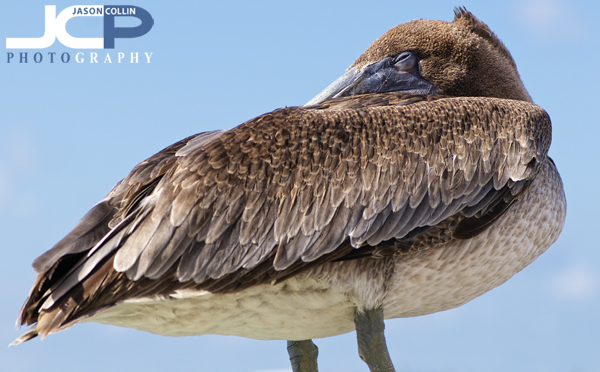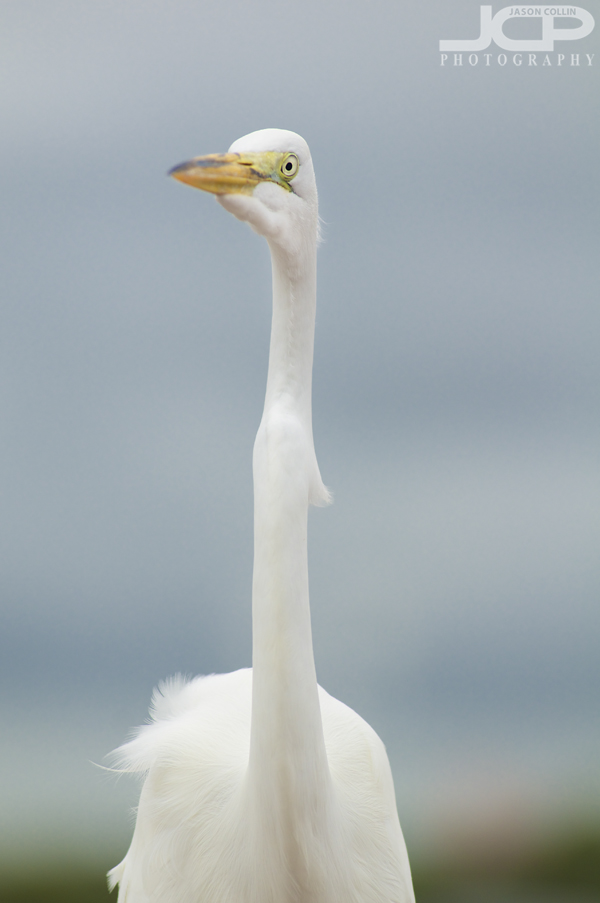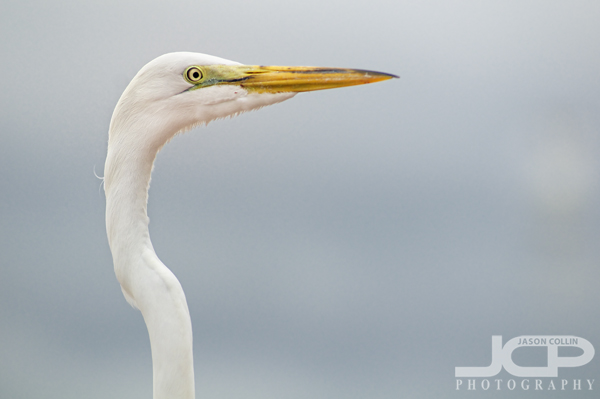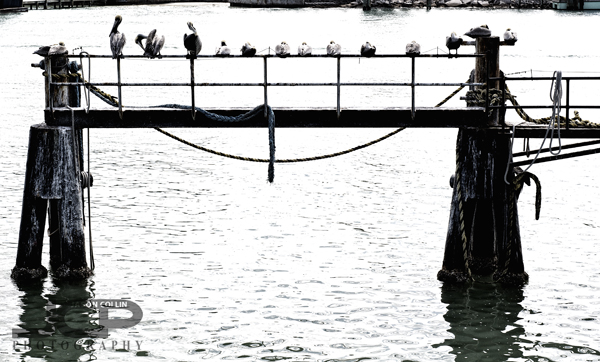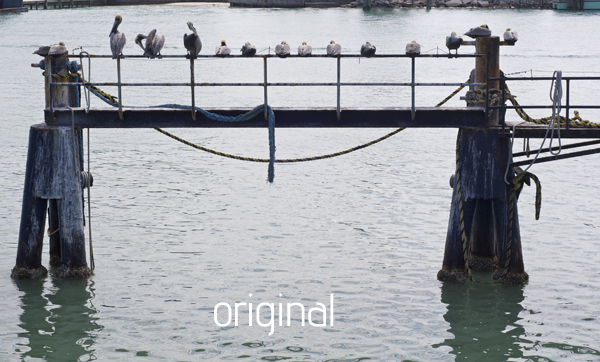 quizzical brown pelican - Florida Fine Art Photography - Nikon D300 Nikkor AF-S 105mm VR micro f/2.8G lens @ f/5.6 ISO 200 1/160thThe many brown pelicans that make St. Petersburg home are a frequent photography subject of mine. These birds are often very approachable, allowing one to look deep into the bird's eye, a rare human-non-human-animal close-up encounter. I am always curious what animals are thinking. Since they supposedly have a much different perception of time, how does this affect how they think? If pelicans cannot think of the far future and who knows how far back their memories of past events go, what occupies their minds? Perhaps nothing enabling them to live in a blissful present? I often get the impression pelicans look upon humans with contempt, "go on with your life and quite gawking at me," I imagine them saying. Are humans the only animals that feel wonder toward other animals? Does a pelican look upon a great blue heron and think it is beautiful or merely a competitor for food?
quizzical brown pelican - Florida Fine Art Photography - Nikon D300 Nikkor AF-S 105mm VR micro f/2.8G lens @ f/5.6 ISO 200 1/160thThe many brown pelicans that make St. Petersburg home are a frequent photography subject of mine. These birds are often very approachable, allowing one to look deep into the bird's eye, a rare human-non-human-animal close-up encounter. I am always curious what animals are thinking. Since they supposedly have a much different perception of time, how does this affect how they think? If pelicans cannot think of the far future and who knows how far back their memories of past events go, what occupies their minds? Perhaps nothing enabling them to live in a blissful present? I often get the impression pelicans look upon humans with contempt, "go on with your life and quite gawking at me," I imagine them saying. Are humans the only animals that feel wonder toward other animals? Does a pelican look upon a great blue heron and think it is beautiful or merely a competitor for food?
 unimpressed brown pelican - St. Petersburg Fine Art Photography - Nikon D300 Nikkor AF ED 80-200mm f/2.8D lens @ f/4 ISO 200 1/1250th
unimpressed brown pelican - St. Petersburg Fine Art Photography - Nikon D300 Nikkor AF ED 80-200mm f/2.8D lens @ f/4 ISO 200 1/1250th


